Using battery power for small LCD displays is a smart idea – It simplified the installation to be quick and hassle-free and it sets up new areas of the store for powerful digital promotions. However, taking batteries with screens designed and configured only for use with AC Mains power can bring unsatisfying results, with limited battery life and sluggish performance. To achieve startlingly effective performance from your battery-powered promotions, AOK Displays has developed “low-power play” solution. Low-Power Play combines the latest in power management technologies with the use of interactive features to drive displays that deliver effective content where and when you need it.
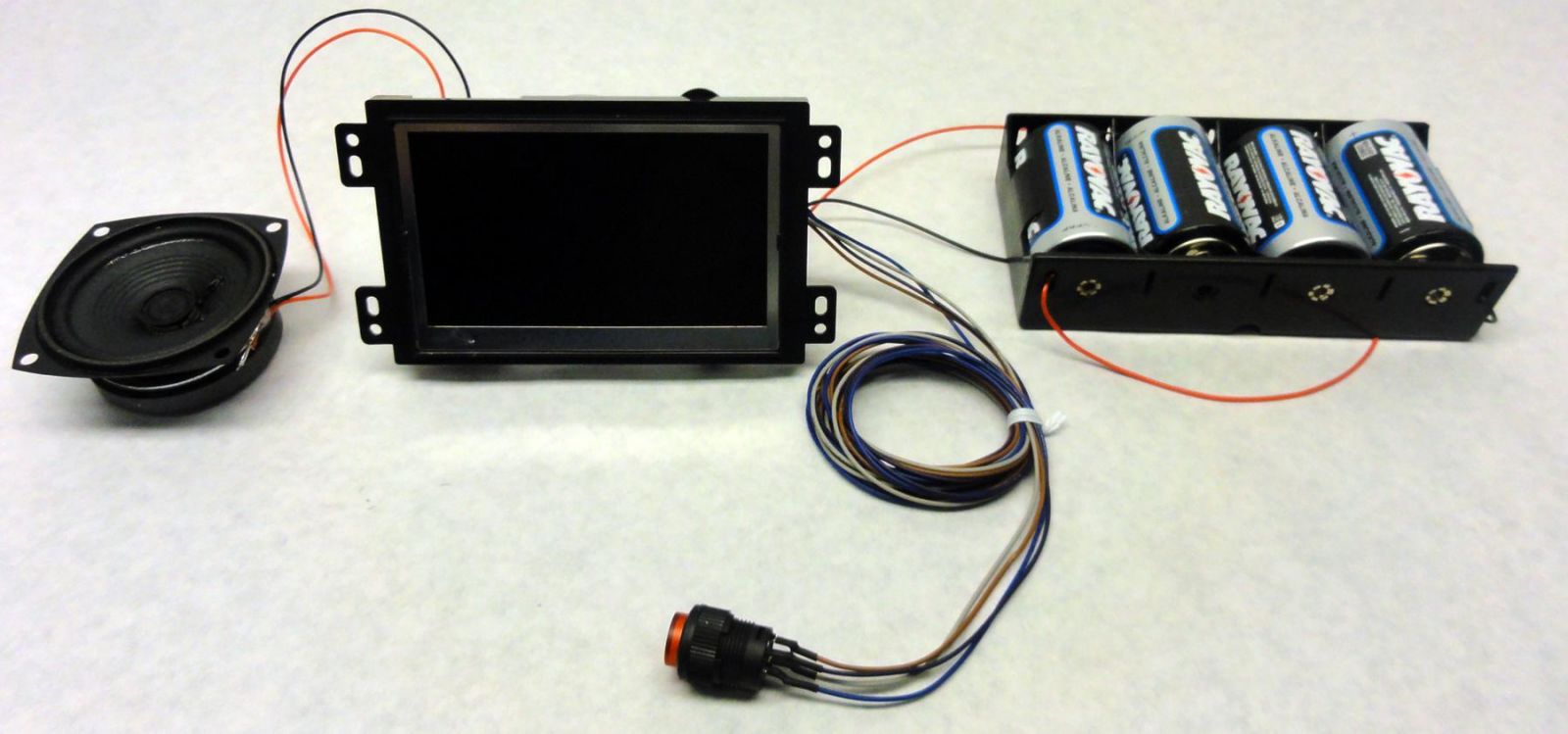
Conserving Power
The aim for most battery-driven promotions is to balance effectiveness with battery life. This is where Low-Power Play becomes highly effective. It employs the latest in intelligent power management technologies to maximize availability while conserving power. Promotions can use batteries to power content running continually, but this isn’t the norm as batteries powering continuous playback need renewing very frequently. Instead, Most successful battery driven deployments use some form of sensor or interactivity.
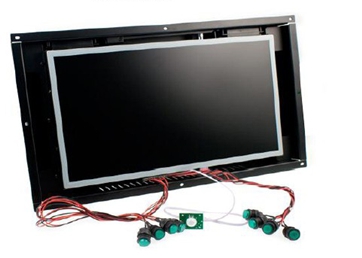
Using video-triggering Interactivity
Playing content when your customers are not present to view is a waste of battery power. Low-power Play uses interactive video triggers such as PIR motion sensor, buttons and touchscreen to control the delivery of content. Most common is for a display to use an ultra-low power ‘standby-sleep’ when no customer is close and to use a motion sensor to trigger playback when motion is detected. Buttons and touchscreens can be used to regulate and control further content delivery.
Super Short Power Up Interval
The time taken to change from low power sleep to content playback is critical for battery powered solutions as a customer approaching or touching the display will bring it to life. Low-Power Play enables displays to boot up instantly(within less than 2 seconds) every time they are activated , delivering your message immediately and effectively. Many displays on the market take several seconds to power on leaving customers seeing the ‘power up’ screen and most likely moving on to a more compelling promotion.
Extra Smart Features
Without Low-Power Play, high footfall and busy areas will cause multiple activations of motion sensor or button playing your content continually but with minimal benefit. With battery life measured in numbers of playbacks, early battery depletion will quickly occur. Low-power Play has a customizable playback profile which is configured to limit and regulate the number of times content playback is triggered within certain creative time parameters. For example, for high footfall & busy areas, a delay interval could be set in the firmware which is specified to keep the standby-sleep for the preset interval after each activation, then for human motion of people leaving out the active area, activation will be disabled. Then your customers get the message you want to deliver while Low-Power Play controls content playback and battery usage.
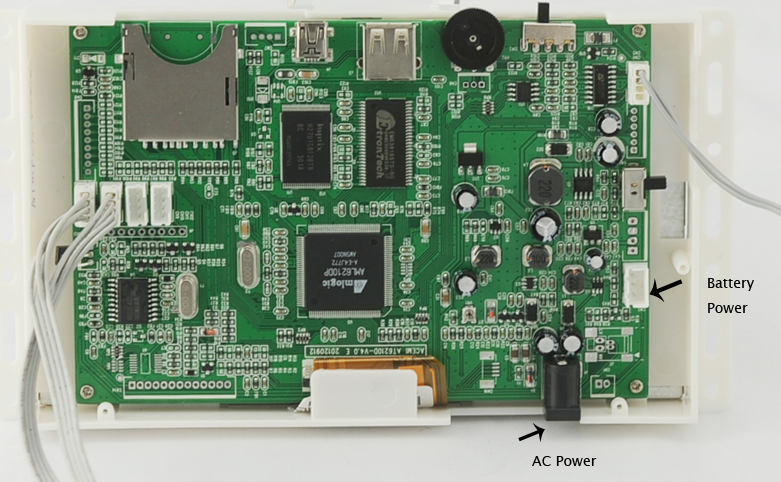
Power Mixing
Many deployments of displays are a mix of AC mains and battery power. Low-Power Play auto-detects battery or AC power mains usage delivering seamless performance across all your power environments. Installers and store staff don’t have to change settings or manually switch the display from one mode to another; Displays automatically deliver AC power mains-style continual playback or battery style activated playback depending on what power source is detected. Smart Design!
Using battery power for shelf-edge displays is a recent development in the digital displays market and is highly attractive to retailers. It neatly and simply overcomes the common issue of distributing mains power to the shelf-edge and avoids complex and costly installations or trailing cables.
However, battery power can appear complex – how many batteries, what type, how long will they last? What type of display works best? What type of content? AOK Displays now has thousands of battery powered displays deployed in many different environments and we have real experience of how to get the very best out of scoping and deploying both battery and mains powered displays. This guide aims to answer the most common questions.
Which Displays Can Be Battery Powered ?
AOK Displays Minis (4.3”) and Shelf-edge ranges (7” & 10”) are most commonly used with batteries. Other sizes can be supported under our custom options. Movement sensor, button and touchscreen features are all supported by battery power.
Is Display Functionality The Same As On Mains Power ?
Functionality is not affected by power type, but adjustments need to be made to conserve power when using batteries. In most cases this is achieved through use of a movement sensor. Video length should also be kept short. Continual play of video is generally not recommended unless frequent battery changes are feasible.
What Type Of Batteries ?
We use D-type alkaline batteries as standard for all our displays as these give the best performance to size ratio. (Check Wikipedia link For D-type alkaline battery dimensions & capacity), since the battery capacity varies from 12,000mAh to 18,000mAh, We choose the middle size at 15,000mAh 1.5V per pc.
Regarding the battery power capacity, 8pcs of D batteries will constitute 15,000mAh 12V when the batteries are connected in series; 24pcs of D batteries means 45,000mAh 12V if they are connected in series for each 8 pcs and 3 set of 8pcs D batteries packs in parallel.
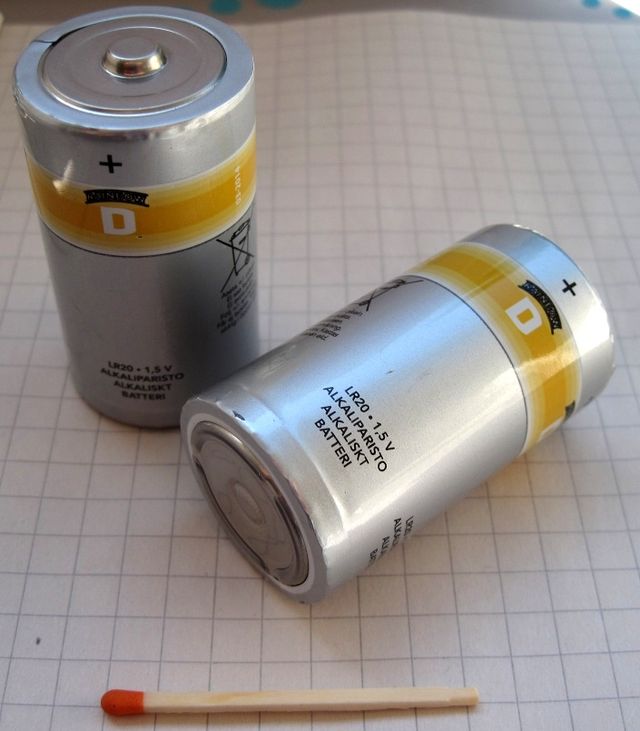
What About Rechargeable Batteries ?
Rechargeable batteries have a different cost and logistical profile to alkaline batteries making them more of a custom solution.
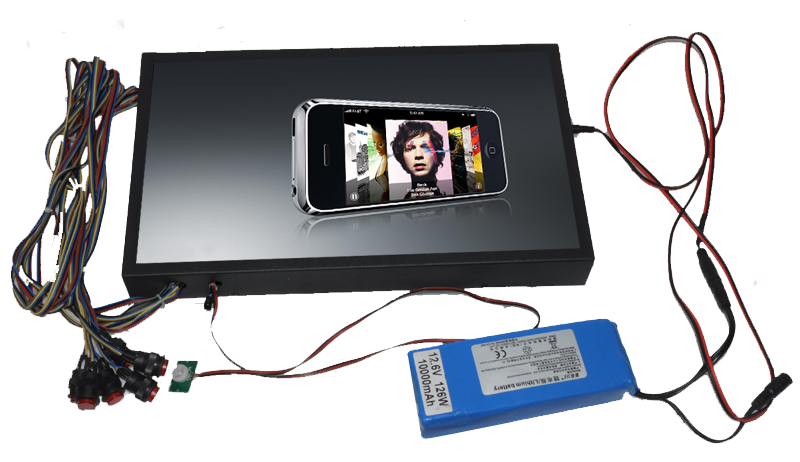
Problems Of Rechargeable Battery, Taking Li-polymer Battery For Example:
>More Expensive, 15 times of battery pack cost.
>Special logistics solution required due to the safety issue;
>Special Battery Charger Required, Trained human maintenance
How Are The Batteries Housed ?
Batteries are housed as illustrated in a separate pack with a wired connection to the display. The battery pack needs to be accommodated along with the display on the shelf or in the POS structure. Batteries can be arranged to give some flexibility on pack shape.

How Many Batteries ?
AOK Displays mini screens use batteries in multiples of 4, Shelf-edge displays 7 & 10 inch in multiples of 8. The number required will depend on how long they need to last, any size or weight limitations and budget.
Regarding the battery power capacity, 8pcs of D batteries will constitute 15,000mAh 12V when the batteries are connected in series; 24pcs of D batteries means 45,000mAh 12V if they are connected in series for each 8 pcs and 3 set of 8pcs D batteries packs in parallel.
What’s the basic power consumption of the shelf-edge displays ?
Taking 7 inch shelf-edge for example,
Working current 250mA in video playback mode;
Working current 2mA in sleep-standby mode;
25 seconds video playback for each activation, 200 times activation (video playback) per day.
The power consumption per day:
Video mode: 25seconds/3600*200times*250mA=347.3mAh
Standby mode: 2mA*[24-25seconds/3600*200]=45.3mAh
The daily power consumption is 392.6mAh.
How Long Will The Batteries Last ?
Considering the discharging curve, when the voltage drops down to 4.2V below, the unit stops working. So roughly, only 65% of battery capacity is effective.
With the cast of the above mentioned 7 inch shelf-edge, the 8D battery pack would support 25 days.
15,000mAhx65%/392.6mAh=24.8;
All AOK Displays Screens have been tested with different battery configurations to arrive at total play time for each combination. For applications where batteries power continual content playback, the figures in the table below give total hours of life. For applications where content is activated by sensor or button, then battery life is determined by the duration of the content played back and how many times a day playback is activated.
Calculations & Examples
Your priority may be to ensure batteries last as long as possible, in which case you will want to keep your video content brief and use a maximum power battery. However, if you have merchandisers who can regularly change batteries and you want to keep the shelf-edge footprint as small as possible then a smaller battery pack is likely to suit you best. Alternatively you may have a fixed duration campaign and need to power displays for just this period. The calculations and examples below show how to identify the best fit for your promotion.
How Many Times Will The Video Play ?
The tables below show how many times a 20 second video and a 25 second video will play using AOK Displays screens and a selection of standard battery pack sizes. Shorter videos mean longer lasting batteries!
Working current at video mode for 4.3 inch mini display: 200mA;
Working current at video mode for 7 inch shelf-edge display:250mA;
Working current at video mode for 10.1 inch shelf-edge display:560mA;
| Number of plays of 20sec video | 4D | 8D | 12D | 24D |
| 4.3” Mini Display | 5400 | 8775 | 17550 | 35100 |
| 7” Shelf-edge Display | – | 7020 | 10800 | 21600 |
| 10” Shelf-edge Display | – | 3132 | 5090 | 10179 |
| Number of plays of 25sec video | 4D | 8D | 12D | 24D |
| 4.3” Mini Display | 4320 | 7020 | 14040 | 28080 |
| 7” Shelf-edge Display | – | 5616 | 8640 | 17280 |
| 10” Shelf-edge Display | – | 2506 | 4072 | 8143 |
The above data is measured with 65% battery utilization and in continuous video playback mode.
What Batteries Do I Need For This Campaign ?
Calculations For A Fixed Campaign Length.
If you know how long you want your batteries to last, calculate your requirements as in the following example: Display: 7” with motion sensor
Campaign: 6 weeks = 42 days
Video length: 20 seconds
Average number of activation per day: 100
Play time per day = 20 x 100 = 2000 seconds (138.9mAh per day)
Add standby mode power consumption 46.9mAh per day, equivalent to 34 times of 20 seconds video;
{Standby mode: 2mA*[24-20seconds/3600*100]=46.9mAh}
Total play time required = 42 x 20×134 = 112560sec = 31.3 hours
As a 7” display is being used, then the batteries required to power the campaign are 8D which give 39 hours of play.
How Long Will This Battery Pack Last With This Display ? Calculations For A Given Battery Pack Size
You may need a particular battery pack due to constraints of size or budget. To work out how long the batteries will last, calculate as in the following example:
Display: 10” with motion sensor
Battery pack required: 12D;
Battery pack life: 28.3 hours;
Video length: 25 seconds;
Working current in video play mode:560mAh;
Average number of activation per day: 50;
Play time per day: = 25 x 50 = 1250 seconds;
Standby current:2mA( max)
Standby time power consumption equivalent to video playback
Add 304 seconds per day to for standby power consumption = 1554 seconds per day = 0.432 hours per day
{Standby mode: 2mA*[24-25seconds/3600*50]=47.3mAh, 47.3mAh*3600/560mAh=304seconds}
Divide battery life by hours per day = 28.3/0.432 = 65.5 The batteries in this example will last 65 days (9 weeks)
| Number of plays of 25sec video | 4D Battery Pack | 8D Battery Pack | 12D Battery Pack | 24D Battery Pack |
| 4.3” Mini Display | 30 | 48.7 | 97.5 | 195.0 |
| 7” Shelf-edge Display | – | 39 | 60 | 120 |
| 10” Shelf-edge Display | – | 17.4 | 28.3 | 56.6 |
Battery Life* with AOK Displays Low-Power Play *Batteries tested at 65% utilization.

